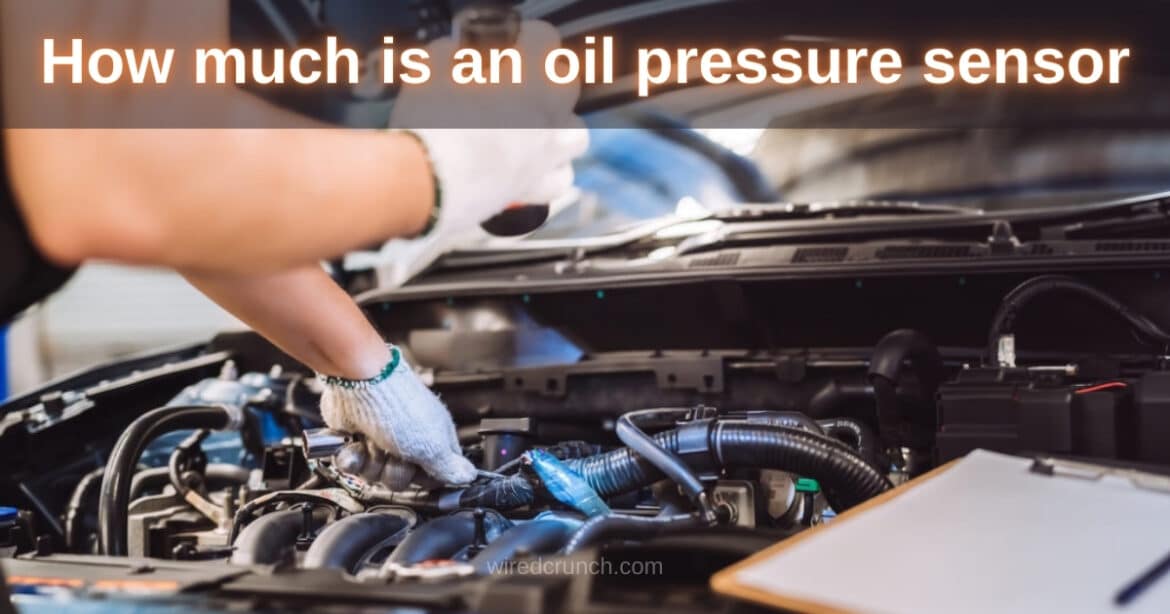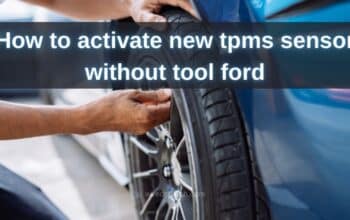Discover everything you need to know about an oil pressure sensor, including its importance, functionality, cost, signs of trouble, and maintenance tips. Keep your vehicle running smoothly with our expert guide, including information on how much is an oil pressure sensor costs. Maintaining proper oil levels and pressure is crucial for the longevity and smooth operation of your engine, and the oil pressure sensor is a key component in this process. It gauges oil level and pressure, alerting you to any potential issues before they escalate into serious problems. Despite its small size, the oil pressure sensor plays a significant role in ensuring the health of your vehicle.
From my personal experience, understanding how an oil pressure sensor works and knowing when it needs repair or replacement is essential for any car owner. This knowledge can save you from costly repairs and keep your vehicle running efficiently.
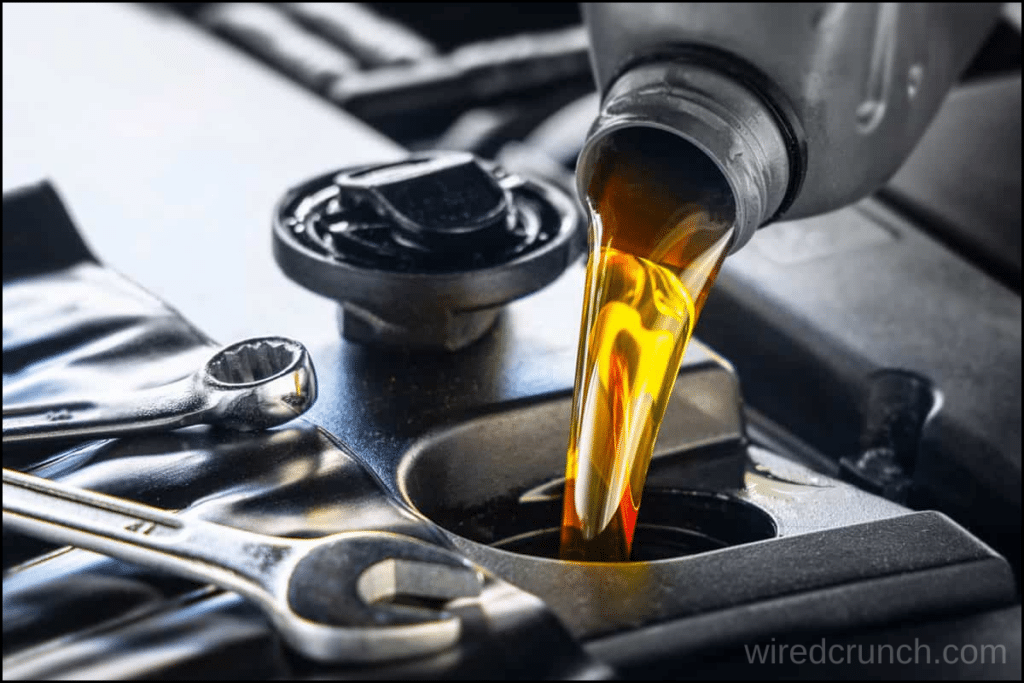
In this article, we will provide a comprehensive guide on what an oil pressure sensor is, How much is an oil pressure sensor, symptoms of a faulty sensor, and tips on how to extend its lifespan. Whether you’re a seasoned car enthusiast or just looking to learn more about your vehicle, this guide will cover all you need to know about oil pressure sensors.
Table of Contents
What is an oil pressure sensor and how does it work?
An oil pressure sensor is a device mounted in your engine block that detects or measures the oil pressure inside the engine. Your engine needs oil to run smoothly; without it, significant damage can occur to fast-moving parts like the valves, pistons, and camshafts. Oil creates a thin layer of lubricant that prevents these components from coming into direct contact with each other.
However, the engine also needs the oil to be under the right amount of pressure to circulate properly through the engine and oil filter. The oil pressure sensor sends this information to the Engine Control Module (ECM). If the pressure drops too low due to a problem, the ECM will turn on a warning light and may even put your vehicle into “limp mode” to prevent severe damage.
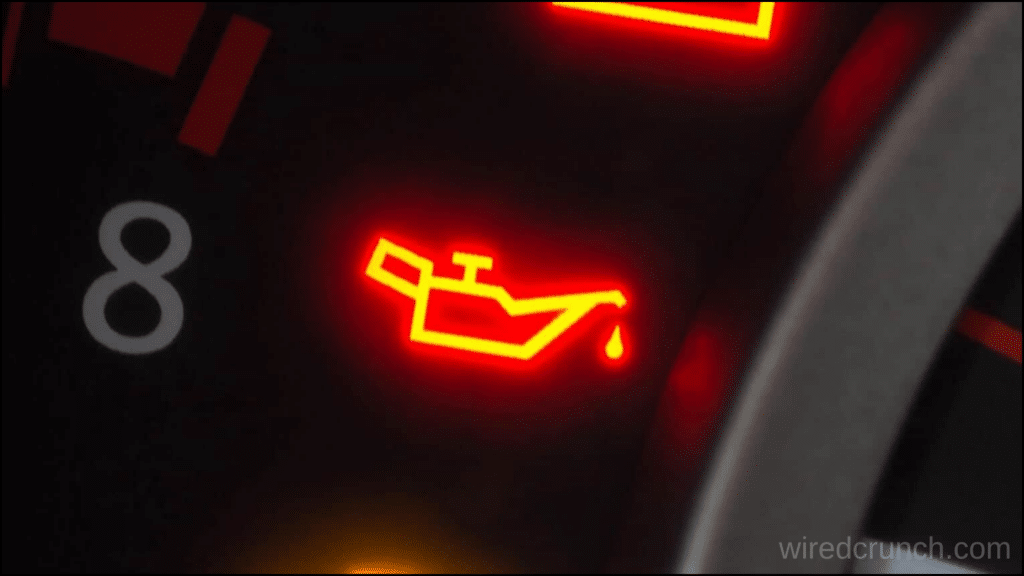
How much is an oil pressure sensor replacement cost?
Wondering how much an oil pressure sensor costs? On average, you’re looking at around $123 for a complete replacement. This breaks down to about $31 for the actual part and approximately $92 for the mechanic’s labor. Remember that the exact price can vary based on your vehicle’s specific make and model. So, it’s always a good idea to check with your mechanic for an accurate estimate tailored to your car.
How does a mechanic replace my oil pressure sensor?
Replacing an oil pressure sensor is fairly straightforward. Here are the steps your mechanic or you will follow:
- Disconnect the negative battery cable.
- Raise the vehicle using a floor jack and jack stands.
- Locate the oil pressure sensor, usually found on the engine block.
- Unplug the oil pressure sensor electrical connector by pressing the retaining tab and pulling it out.
- Coat the new oil pressure sensor with sealant.
- Thread the new sensor in place and tighten it.
- Reconnect the sensor’s electrical connector and ensure the retaining tab is engaged.
- Lower the vehicle and reconnect the battery.
- Start the engine and check that the oil pressure light stays off.

Symptoms the oil pressure sensor needs to be replaced
Oil pressure sensors can be tricky to diagnose. You might need a replacement if you notice these common symptoms of a bad oil pressure sensor:
- The oil pressure light blinks repeatedly.
- The oil warning light stays on even after you’ve changed the oil.
- The oil pressure gauge shows incorrect readings.
- The check engine light comes on.
- The engine goes into limp mode.
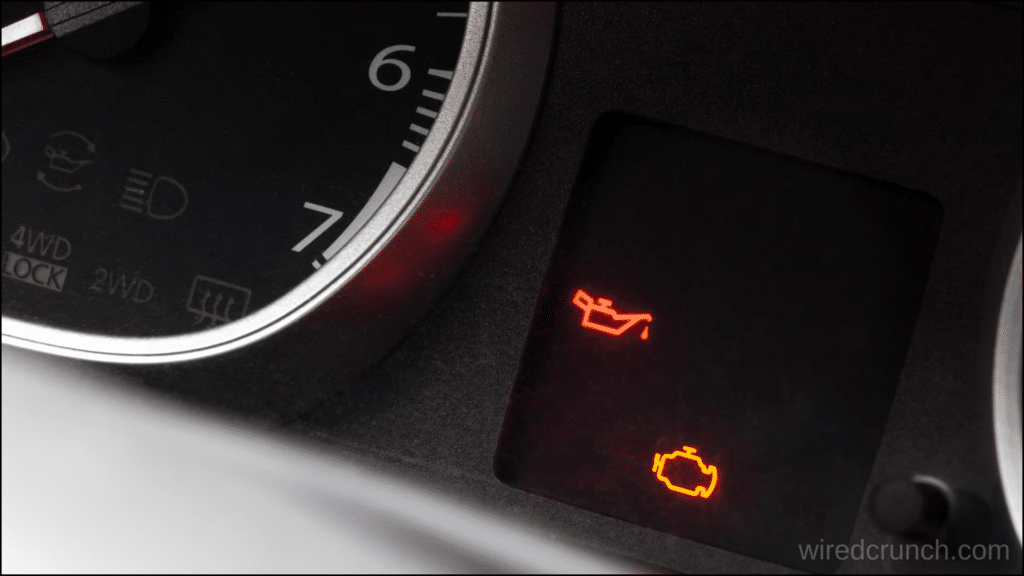
How often should you replace an oil pressure sensor
Most vehicles never need a replacement oil pressure sensor, as they usually last the life of the vehicle. However, you should watch for signs of a faulty sensor and take your vehicle to a mechanic if you suspect it needs replacing.
Pro tip: Regular maintenance, such as oil changes, can help prevent your oil pressure sensor from failing.
What parts do I need to replace in my oil pressure sensor?
Fortunately, you don’t need many parts to replace an oil pressure sensor. Check your owner’s manual or consult a mechanic for a complete list, but generally, you will need the following:
New oil pressure sensor:
This sensor is the main component of the replacement, and it typically costs between $15 and $60. Make sure to verify that the replacement sensor is compatible with your vehicle.
Remember: You’ll need a few automotive tools to complete the task, including:
- Screwdriver set
- Thread sealant
- Floor jack and jack stands
- Wrench set
We suggest trusted brands such as ACDelco, Bosch, and Standard Motor Products for dependable oil pressure sensor replacements. These brands are available at various retailers, both online and in-store. However, the recommended brands may vary based on your vehicle’s year, make, and model, just like prices do.
Conclusion
An oil pressure sensor is a crucial part of a car’s engine, responsible for monitoring oil pressure to prevent engine damage. To keep your vehicle running smoothly, it’s vital to ensure the sensor is in good condition. By recognizing signs of a faulty sensor and knowing how to maintain it, drivers can avoid expensive repairs. If you detect any problems with your oil pressure sensor, it’s wise to have it checked by a mechanic and replaced if needed to maintain optimal engine health.
Frequently Asked Questions (FAQs)
How long do oil pressure sensors last?
Usually connected to the electronic control module, the sensor measures the actual oil pressure and sends this data to the engine’s computer. Although oil pressure sensors are meant to last the lifetime of the vehicle, they can still potentially fail.
Can I replace an oil pressure sensor myself?
Although you might be able to physically replace the engine oil pressure sensor at home, the risks of using a faulty or incorrectly installed sensor make it a project best left to professionals.
Is it OK to drive with a bad oil pressure sensor?
To reduce the risk of expensive internal engine damage, you should turn off the car immediately if a low oil pressure warning appears on the dashboard.
Where is the oil pressure sensor located?
The oil pressure sensor is typically located near the bottom or side of an engine, between the oil filter and the oil pan.
How does a car engine work with a bad oil pressure sensor?
Depending on the car new or old a bad oil pressure sensor does not affect how a car runs the sensor only senses the pressure and sends a signal to a gauge on your dash. Older-style oil pressure sensors often get clogged and stop reading accurately. It is possible to pull old oil pressure sensors and clean them to get them to start functioning properly again. Some new vehicles have a safe mode and or shut off if the sensor suspects the car is low or out of oil.
READ MORE:
How to Troubleshoot Front Assist without Sensor View
I have a professional background with a Diploma in Information Communication Technology, which brings a blend of technical expertise and creative flair to my writing. Currently, I serve as a writer for Creativeoutrank LLC and contribute to their various websites.
I’m writing is a ref... Read more
